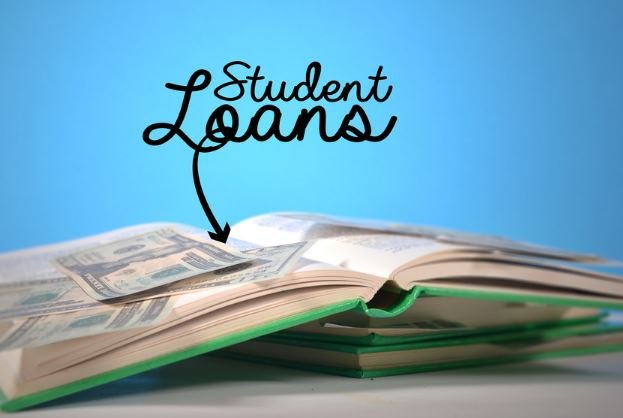The good news is it is possible to file for bankruptcy, if you are unable to pay back the student loan. However, as compared to other debts, declaring bankruptcy in the case of both federal and private student loans is more difficult.

You will need to prove in the court of law that you are facing, what the US Bankruptcy Code terms an ‘undue hardship’, in being compelled to repay your student loan. This makes the case complex and requires a bankruptcy attorney.
How common is filing for bankruptcy for a student loan?
If statistics are anything to go by, very few people try to erase student loan through bankruptcy. According to a study published by the American Bankruptcy Law Journal, 2012, of all the people who filed for bankruptcy in 2007, only 0.1 percent constituted those who wanted to discharge their student loan.
The success rate out of 207 cases, that this study examined, was only 39 percent. This comprised students who got partial or full student loan discharges.
Why filing for bankruptcy on a student loan is not popular is because in getting relief from your creditors, you hurt your credit score for several years and also incur heavy expenditure in court fees. However, filing for such bankruptcy is not at all a bad thing.
The point to understand is that you have already hurt your credit score by defaulting on debt, so you might as well file for bankruptcy and make a fresh start.
How to prepare for bankruptcy on a student loan?
Bankruptcy in all cases is never an easy process and in case of a default on student loan, it is more so. And the only point that you can cling to is to prove ‘undue hardship’. This means proving your inability to repay your federal student loan.
This throws the ball in the judge’s court, who may interpret your eligibility on his or her own terms. Courts usually go for The Brunner Test in evaluating hardship that can be had from the Federal Student Aid office of the US Department of Education.
Some important points enumerated in The Brunner Test are:
- Repaying your federal student loan does not allow you to maintain a basic standard of living.
- That such hardship will last for most of the duration of the repayment period.
- That you unscrupulously tried to repay your federal student loan up till now.
Although these points may sound easy to prove, but showing extreme hardship never quite convinces the judge. And if you do prove it successfully, the bankruptcy filed by you may not be fully discharged. It may be partially discharged or restructured. In the latter case, new payment terms are drawn to make it easier for you to repay.
What are the steps to follow in student loan bankruptcy case?
#1 Hire a good lawyer
Since student loan bankruptcy is a complex process, it is in your interest to hire a lawyer who specializes in bankruptcy. Contacting the American Bar Association may get you a suitable lawyer, who has good reviews.
Also find out whether the Legal Services Corporation, an independent non-profit body, will offer a free lawyer, if you are eligible for it. However, pick a lawyer you are comfortable with.
#2 Follow lawyer’s advice

It is the job of your lawyer to file for bankruptcy either under Chapter 7 or Chapter 13 bankruptcy. Let us see what each chapter entails:
- Chapter 7 bankruptcy: Under this chapter, you are required to prove that you don’t have the requisite disposable income to repay your debt. In this, your unsecured debt can get wiped out. The process of bankruptcy under this chapter may take anywhere between three to five months.
- Chapter 13 bankruptcy: Filing under this chapter means that you have the financial wherewithal to repay some of your debt. This means that you may be required to repay some part of your debt, while the rest gets restructured. Such a repayment plan could take three to five years for completion.
#3 File adversary proceeding
An adversary proceeding is filed to determine undue hardship and it is unique to student loan bankruptcy. This is a mandatory step without which the case cannot progress.
Conclusion
Bankruptcy on a student loan is a reality that can face anyone. Taking the right steps in filing for bankruptcy is half the battle won. However, before going for it, it is better to first consider student loan repayment and forgiveness options.
Join 25,000+ smart readers—don’t miss out!






